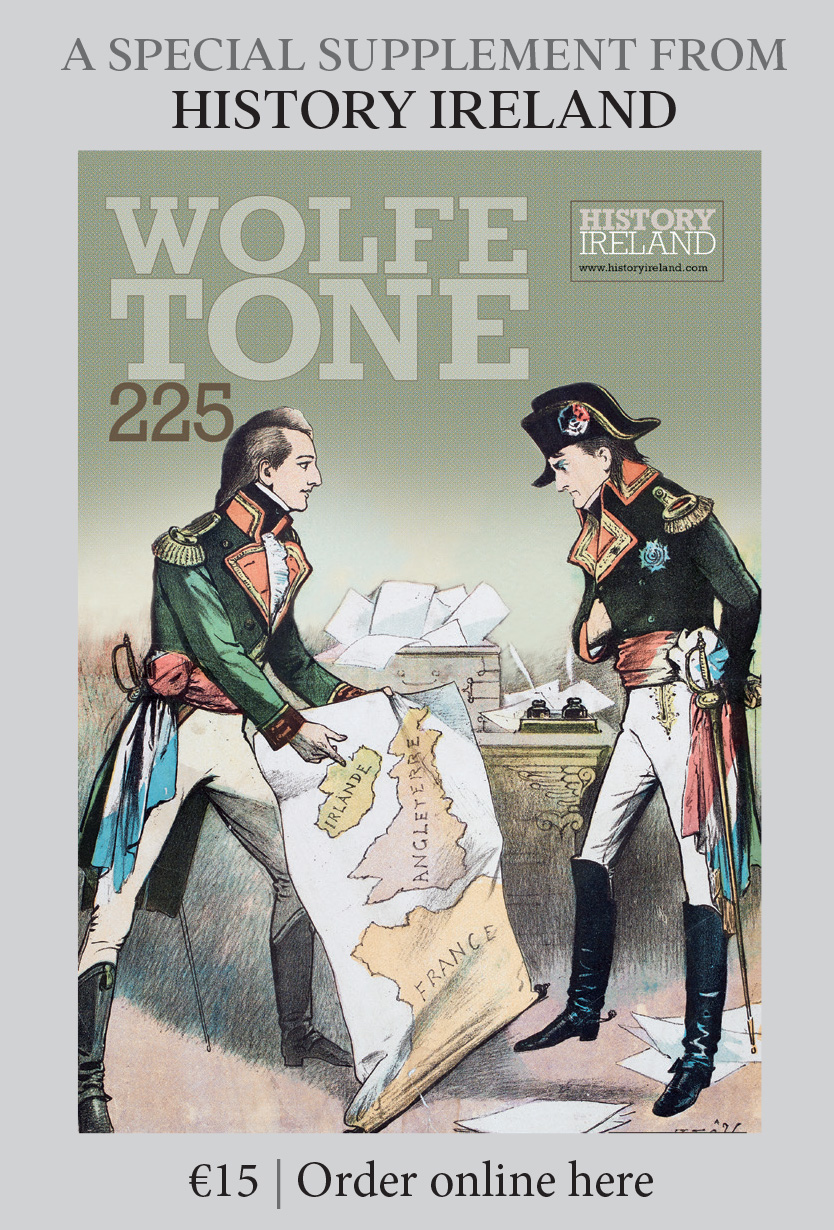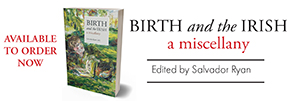Sidelines
Published in 20th-century / Contemporary History, Issue 1(Jan/Feb 2012), News, Volume 20- The private notebook of Bram Stoker has been discovered in an attic on the Isle of Wight, offering clues to the origins of his most famous work, Dracula. The notebook was found by the author’s great-grandson, Noel Dobbs. He sent a facsimile of the book to Stoker’s great-grandnephew Dacre Stoker, an author himself, who has deciphered his ancestor’s ‘terrible’ handwriting with the help of Dr Elizabeth Miller of the Transylvanian Society of Dracula. The Lost Journal, complete with annotations, is now lined up for publication by Robson Press next year, marking the centenary of Bram Stoker’s death in 1912.
- Who knew there was another ‘dead zoo’? It seems that Dublin is not the only place with a natural history museum full of stuffed creatures. NUI Galway has its own museum, which has recently published an updated catalogue. Among its collection is a cuckoo known for its pungent odour, an Azara’s ‘false fox’ and 100 glass representations of marine mammals by the famous father and son team of Leopold and Rudolf Blaschka of Dresden. Significantly, four of the museum’s items actually belonged to Charles Darwin and had been collected by him during his famous voyage on the Beagle. The collection is open to the public free of charge. See galwayscience.ie for details.
- ‘Mummy, please come home!’ is the plea of Egyptian authorities after the discovery of a mummy in University College Cork. The university’s Boole Library has a number of Egyptian artefacts but no record of how the mummy and its wooden casket came into its possession. More mysteriously, for a long time it was hidden under floorboards in the pathology department. The body dates from around 300 BC and is that of a middle-aged, well-off man who appears to have died from natural causes. Egypt wants it back to put into the new Great Egyptian Museum at Giza, which was designed by Dublin architects Heneghan Peng and is due to open in 2013. UCC say they’ll talk about giving the mummy back.
- Next year the Olympics come to London, providing the chance for us to look into our own Olympic heritage. (There’s a special issue of HI in the pipeline for July/August 2012.) Louth County Museum, Dundalk, is currently researching a major exhibition highlighting the involvement of Irish athletes and officials in the Olympics from 1896 to the present day. The exhibition will open in summer 2012 and run for several months. Curator Brian Walsh is looking for assistance from the public in putting it together. He would welcome anecdotes and oral testimonies, along with items and memorabilia pertaining to Irish involvement in the Olympics in any way. If you think you can help, contact Brian or his colleague Anita Barrett at 042-9327056 or olympics@dundalkmuseum.ie.
- Another Irish university has been in the news for helping to identify a lost Velázquez masterpiece. Put up for auction as the work of a nineteenth-century British artist, sharp-eyed auctioneers at Bonham’s thought it looked too good. They sent it to Velázquez expert Dr Peter Cherry at Trinity College, Dublin. After careful examination, he concluded that the portrait was the work not of Mathew Shepperson but of the great Spanish master. By Shepperson it was valued at around €600, but as an original Velázquez it is worth a tiny bit more . . . like €3 million more. So check those paintings hanging up at home. They may be worth more than you think!
- A chilling insight into victims of the Great Famine has been revealed by the discovery of 970 skeletons in a forgotten burial site in the old workhouse in Kilkenny during excavations for a shopping centre in 2005. Since then they have been studied by Jonny Geber, an osteoarchaeologist. The study has revealed the range of people buried there, the types of diseases of which they died and their underlying health before the famine struck. The majority (56%) were children. An unexpected revelation was that most of the victims had scurvy and that this contributed to their deaths. Until now scurvy was not considered a major factor compared to typhus or tuberculosis.
- Have you people no shame? Bad enough that statues and cables are stolen for the metal in them, but unscrupulous thieves have stolen a relic of the True Cross from Holycross Abbey, Thurles, Co. Tipperary. Masked men broke into the abbey and stole two crosses, both about 30cm in height and dating from the Middle Ages; one is silver with two dark stones and the other is made of bronze. The relic was donated in 1233 by Queen Isabella of Angoulême, the widow of King John of England. The thieves used an angle grinder, hammer and screwdriver to cut through the steel door of the cabinet where the precious relics were on display. We can only hope that they were stolen for a collector (in which case they might be recovered) rather than for their scrap value.
- They’ve clocked up a lot of mileage in 100 years but that is how long one of Ireland’s biggest motor vehicle businesses has been going. Belfast-based Hurst Motors was founded in 1911 and now has thirteen outlets across the island, employing 800 staff. To mark the occasion they have produced an official history, which charts the company from its obscure beginnings to being one of the country’s most successful businesses. The book comes with a six-month warranty and free service for the first year.
'
















